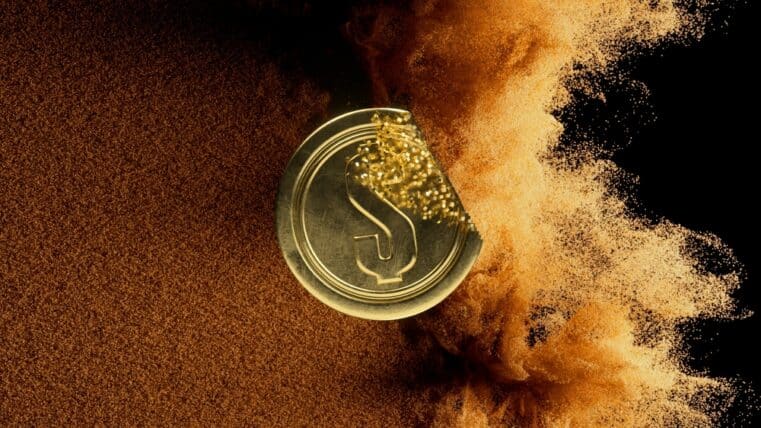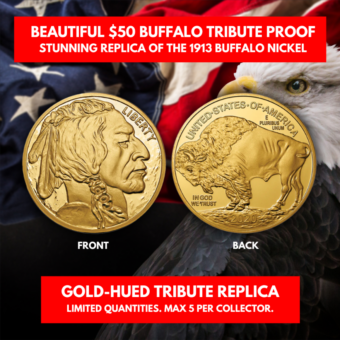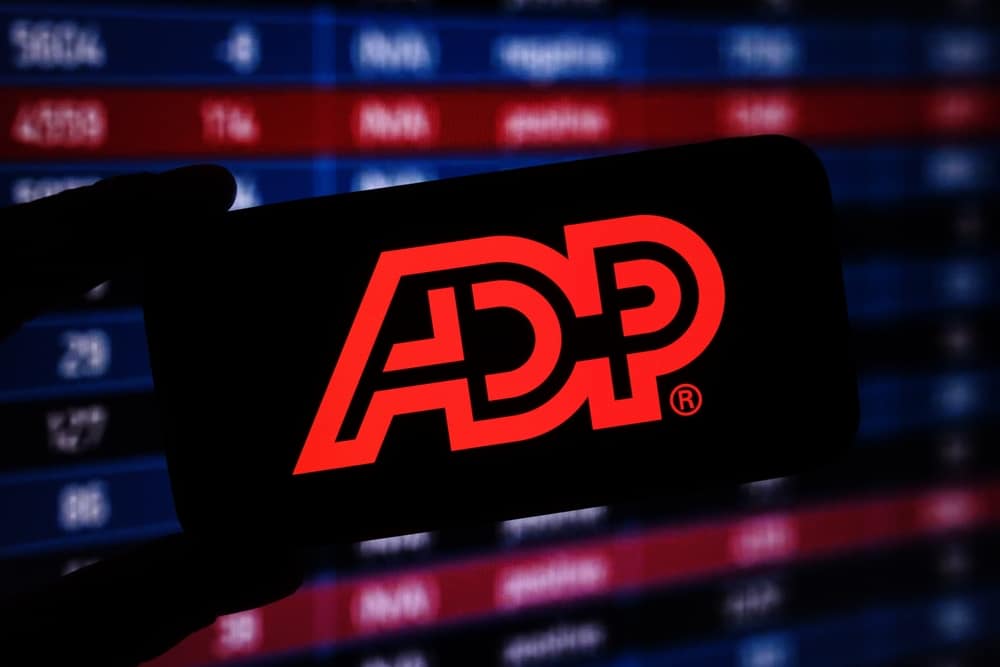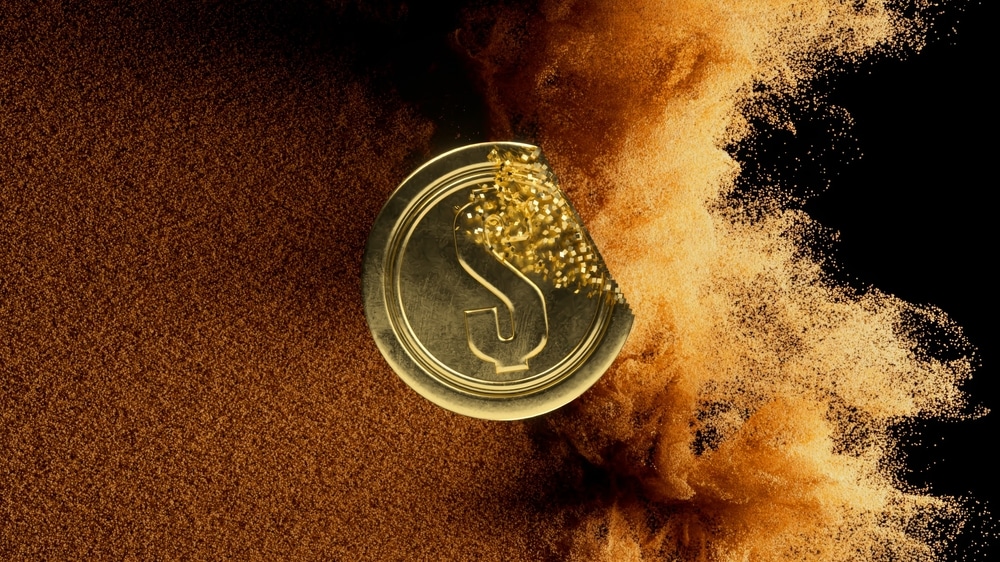
Reasons to Keep Gold Amidst Bitcoin Fever
The bull market is going strong and the Bitcoin craze is virtually unlike anything we’ve seen before.
If you have completely written gold off, wait...not so fast! Here are a few things to consider.
Yes, gold hit $1,900 a troy ounce six years ago. And yes, the CBOE/Comex Gold VIX--which serves as a proxy for gold’s profit potential--has hit a record low: down from above 37 in 2011 to its present levels of 10.17. Quite a drop indeed.
But remember, investing is about foresight. And looking ahead, there are still a few compelling reasons not to ditch your gold nest egg.
Interest Rates...yes, you heard that right.
If you think this sounds nuts, we understand, as common wisdom says that a higher interest rate environment is not good for gold.
But history doesn’t always agree with common wisdom. In certain cases, you might want to side with history, as it makes for better “proof” than popular opinion, don’t you think?
Yes, higher interest rates mean better bond yields. It can also mean stronger earnings. Together, that means you’ll get less of a return with gold. Or does it? Wasn’t it two years ago when the Fed started raising rates from 0.25? Gold was stuck trading around $1,060 an ounce.
Now, 100 basis points higher, common wisdom says that gold prices should be much lower. But that’s not what’s happening. Gold is trading higher now at around $1,248 an ounce. So much for received wisdom.
Take a look above at the chart comparing 10-year Treasury yields to gold. It appears that over the last five years, gold rallied when yields exceeded 2.5%.
As we head into 2018, economists are predicting that the yield barrier will be broken in the first quarter of the new year. Besides, the Fed projects three more interest rake hikes in 2018. This “dovish” sentiment is good news for gold, as yields may not be competitive with potential gold returns in the coming year.
Seasonality tell us the best time to buy
Going against historical cycles is tricky. If the proof is in the pudding, as the saying goes--and if history consistently presents you with that “proof”--there isn’t much left for you to go against. And history has shown us that the months of January, February, July, and August are the peak buying periods for gold.
Are there any fundamentals backing this theory? Yes, there are. The rise in gold prices seems to reflect demand for the Diwali-Christmas-Lunar New Year buying period for jewelry. Self fulfilling prophecy? Perhaps. But it always seems to happen.
Index of positive economic surprises indicates were nearing the end of the party
Gold is the go-to “sobriety pill” that people swallow to cure them from the hangover effects of a wild stock market party. Everyone loves a great party. But all parties must eventually end. Question is, how much longer can our stock market party continue before closing time?
Citi’s index of positive economic surprises is a good indication of our current party, and those we’ve had in the past (since 2003). Look at where we are now, and look at the levels of past readings.
We may still have some time to go, but that also means that it’s time to begin preparing for an exit; or better yet, getting that gold sobriety pill ready should the party end more abruptly than you expected.
Bitcoin bubble may spark a rush for gold.
No disrespect to Bitcoin or other crypto/altcoin holders. Their underlying philosophies are actually quite similar to those of gold bugs.
But let’s face it: when speculators, most of whom are average Joes and plain Janes, jump into the market to ride the trend and make a short-term buck, an asset will become inflated. Eventually, it will correct itself to find its own true market value.
This can happen to Bitcoin in 2018, considering that it started 2017 around the $700 level and briefly touched $19,000. And when this happens, lots of these “speculators” who have pumped up Bitcoin prices will exit bitcoin and go to cash. Smart investors will go straight into gold and perhaps wait to jump into Bitcoin, Ethereum and other reliable altcoins at more favorable levels.
Main point: gold may be a “relic,” but it is an “active” relic.
And it has remained active and relevant for a reason: in the physical monetary domain (in contrast to the “virtual” monetary domain) gold is still, and probably always will be, the ultimate measure of sound money.















